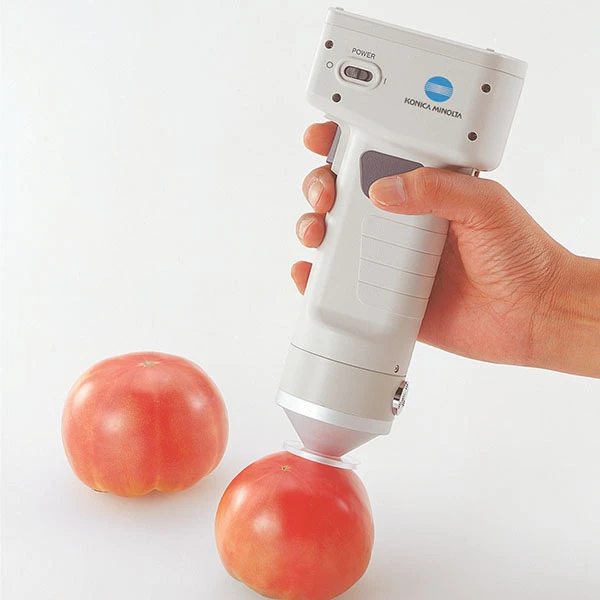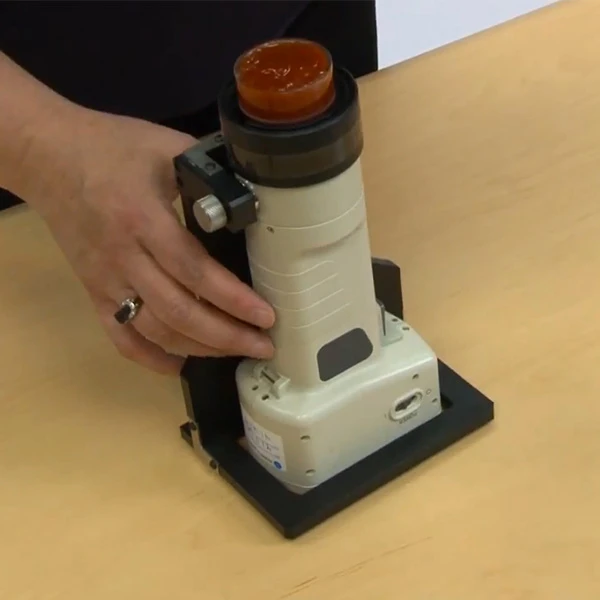Measuring the Color of Tomato Products With Ease

The color red is the most important element for tomato products like puree, ketchup, pasta sauces, etc., and is the primary attribute used to determine freshness and quality. Measuring the color of tomato products across various stages of their production, starting from pre-harvest, can help maintain the consistency of the familiar base color of red.
During pre-harvest, measuring the color of tomatoes can help determine their maturity and the appropriate time for harvesting. Tomatoes undergo a change in color from green to red during their ripening process due to an increase in lycopene content. Generally, the darker the shade of red they exhibit, the more mature the tomatoes and the higher the levels of their lycopene content. After harvesting, measuring the color of tomatoes can help set apart the substandard before introducing it to production.
Color measurement is also beneficial during the production stage, especially the heating and mixing processes. An error in heating, whether under or overcooked, will cause the color of heated tomatoes to appear lighter or darker than the norm. When the tomatoes are processed into different end products, various ingredients are added and can influence the overall final color. Checking the color quality of the additional ingredients before mixing or the mixed end product can help minimize color variance in the final tomato products.
The best approach to measure the color of tomato products is through a color measurement instrument. While the color can be determined visually, it is a matter of subjective interpretation by individuals and can be influenced by factors like lighting conditions, sample size, etc. On the contrary, a color measurement instrument utilizing the CIE color spaces expresses color numerically, offering objective and consistent measurement and communication of color. The commonly used color spaces are the CIE L*a*b* and CIE L*C*h.
 Color measurement instruments like Konica Minolta Chroma Meter CR-400 and CR-410, widely used within the food industry, offer fast and precise color measurement of tomato products. Both the CR-400 and CR-410 come with CIE L*a*b* and CIE L*C*h color spaces, as well as a user index function that allows users to customize color evaluation formula to meet their specific needs. Color difference tolerance can easily be set up through the CR-400 and CR-410 for quick Pass/Fail assessment.
Color measurement instruments like Konica Minolta Chroma Meter CR-400 and CR-410, widely used within the food industry, offer fast and precise color measurement of tomato products. Both the CR-400 and CR-410 come with CIE L*a*b* and CIE L*C*h color spaces, as well as a user index function that allows users to customize color evaluation formula to meet their specific needs. Color difference tolerance can easily be set up through the CR-400 and CR-410 for quick Pass/Fail assessment.
A wide selection of accessories like granular materials attachment, sample holder, etc., are available to support the CR-400 and CR-410 in measuring various types of samples ranging from solids and paste to opaque liquid.
Measuring the color of tomato products is made easy with CR-400 and CR-410. Watch this video to find out more about the CR-400 and CR-410.
Need help measuring the color of your tomato products or implementing color quality control program? Get in touch with our color specialists for a free consultation now.

